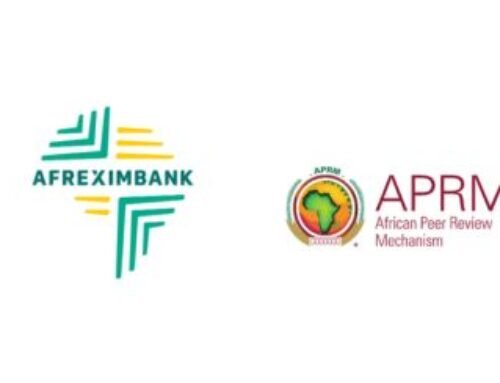
Premium bonds are a type of debt securities that are sold above their nominal value. Unlike traditional bonds, premium bonds trade at a coupon rate higher than the prevailing market interest rate. Investors are willing to pay more for the bond in order to receive a higher coupon rate and this results in the bond trading at a premium. As a result, investors influence the yield of the bond while the interest rate remains constant. However, premium bonds typically have a lower yield than their stated coupon rate. A bond that trades at a discount has a higher yield than its stated coupon rate.
The dynamics of premium bonds are also influenced by the relationship between bond prices and interest rates. When interest rates fall, bond prices rise and when interest rates rise, bond prices fall. As a result, when interest rates fall, investors rush to purchase older, higher-yielding bonds, and those bonds can be sold at a premium.
Premium bonds are generally more attractive than fixed-rate bond instruments because they trade at a rate higher than the prevailing market interest rate. However, fixed-rate instruments are attractive when interest rates are falling and the existing bond is paying at a higher rate.
The bond market is efficient in indicating whether current interest rates are higher or lower than the bond’s coupon rate. Investors should be cautious when purchasing a bond at a premium and understand whether the underlying factors driving the premium are market interest rates or the credit rating of the company.
If the premium is significant, it may be worth investing in the bond for the higher yield relative to the market as a whole. However, if investors purchase a bond at a premium and market rates increase significantly, they risk paying too much for the extra premium.
One benefit of investing in premium bonds is that they offer higher interest rates than the overall market and are typically issued by companies with investment-grade credit ratings. However, the downsides of premium bonds include the possibility that the bonds may be overvalued, resulting in overpayment for bondholders. Additionally, the higher coupon rates of premium bonds are partially offset by their higher price and if market rates increase significantly, premium bondholders may end up paying too much.
Investors seeking to earn a regular income may not find premium bonds to be the best investment as the interest is accrued on the bond rather than paid out regularly.








Leave A Comment